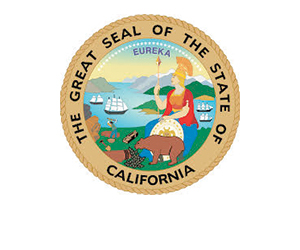
California State Capitol. (Photo: Kevin Sanders for California Globe)
Frequently Asked Questions about the Legislative Counsel’s Digest
What does each Digest contain?
By Chris Micheli, December 7, 2023 6:54 am
What is the “Legislative Counsel’s Digest”? According to the Glossary provided by the Office of Legislative Counsel (OLC), the “Digest is prepared by the Legislative Counsel and it summarizes the effect of a proposed bill on current law. It appears on the first page of the printed bill.”
Does the Digest appear with all three types of legislative measures in California? Yes, the Legislative Counsel’s Digest is on the first page of every bill, resolution and constitutional amendment introduced or amended in the California Legislature, appearing right after the measure’s number, the listed author and co-authors, and the “relating clause”.
What is the purpose of the Digest? It provides a summary of existing law and how the bill proposes to change existing law.
What happens with the Digest after a bill is enacted? The Digest appears in the chaptered version contained in the Summary Digest of the Statutes and Amendments to the Code, found in the last volume for each year and arranged in the order of chapter number.
Who writes the Digest? The Digest is initially prepared by the Deputy Legislative Counsel who drafted the introduced version of the bill. When the bill is substantially amended, the Deputy drafting the amendments will modify the text of the Digest to reflect the substantive amendments made to the measure.
What does each Digest contain? A Digest contains at least two paragraphs, the first one begins with “Existing law….” The second one begins with “This bill would….” In addition, the Digest contains explanations of other provisions of the particular measure, such as whether the bill imposes a state-mandated local program, that the bill contains an appropriation, the bill requires reimbursement to local agencies, the bill contains an urgency clause, or the bill requires a higher vote than majority.




